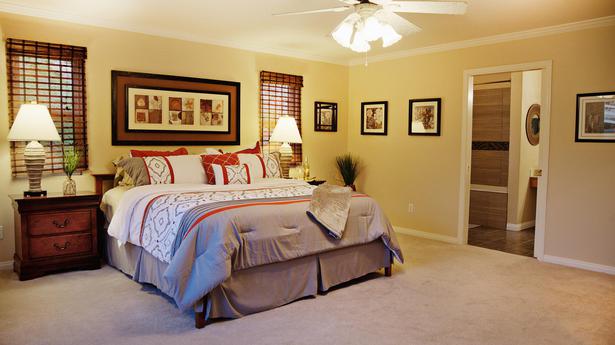
A short history of the ceiling fan
The Hindu
When the ceiling fan make its appearance? What was used before it? Read on...
The humble ceiling fan has been around for longer than we can imagine. Some say they originated in West Asia in the sixth century B.C.; while others date them back to the Roman Empire. Though they did not resemble the ones we use today, conceptually and functionally, they were not very different.
A fan called punkah is well documented from the early 17th century in India. A luxury only for the kings and wealthy, punkahs became very popular among British officers struggling with the hot and humid climate in India. Unlike a rotating fan, punkahs created a gentle breeze rather than an airflow and were operated by pulling a rope that usually passed through a hole in the wall. This allowed servants, called punkahwallahs, to sit in an adjacent room. The British officers also preferred punkahwallahs who were hearing challenged so that they could talk freely without being overheard. The punkahs travelled wide to elite dining rooms of the southern U.S. and Mexico, where slaves were used to generate a comforting cooling breeze and insect-free mealtimes. The job was tedious and poorly paid, if at all.
The first ceiling fans appeared in the early 1860s in the United States. They had only two blades and were not powered by electricity. Instead, a stream of running water in conjunction with a turbine drove a system of belts that would turn the blades of several fan units. These became popular in stores, restaurants, and offices.
It was not until the 1880s that fans went electric. Inventor Philip Diehl installed an electric motor he had designed for the Singer sewing machines into a ceiling fan. With the arrival of alternating current in 1896, the era of the modern ceiling fan began. Facing fierce competition, Diehl integrated a light bulb to the ceiling fan, not unlike some of today’s fancy fans. In the 1920s, the four-bladed fan made an appearance. These were quieter and circulated more air. With the arrival of air conditioners in the 1950s, fans started to disappear from the U.S. but became popular in Asia and Africa.
Today, fans alone account for nearly 25% of household energy usage in India. Largely unchanged in design from the 1920s, they are finally seeing much-needed innovation. Fans with brushless direct current electric motors (BLDC motors) have entered the market. They are up to 50% more energy-efficient, require less maintenance, produce less heat and noise. They are also becoming smart; they respond to apps on your phone.
Finally, here’s an interesting titbit: fans do not actually cool the room! They blow air around, making it easier for the sweat on your skin to evaporate. This eliminates body heat and cools you.

NDA government in A.P. neglecting students and education sector badly hit, alleges Jagan Mohan Reddy
YSR Congress Party (YSRCP) president Y.S. Jagan Mohan Reddy has criticised the National Democratic Alliance (NDA) government in Andhra Pradesh, accusing it of neglecting all sectors and not paying the fee reimbursement benefits to the students.










